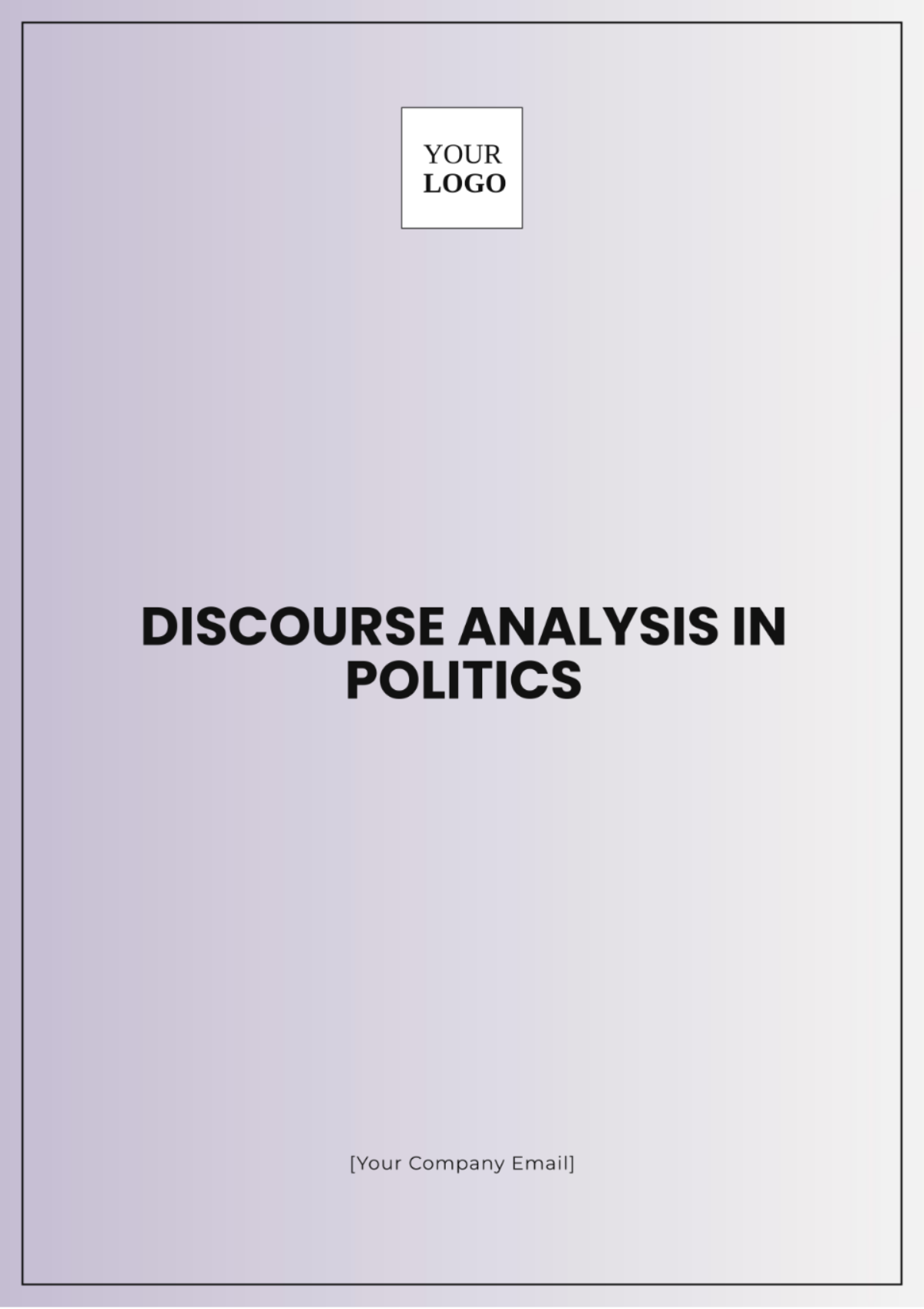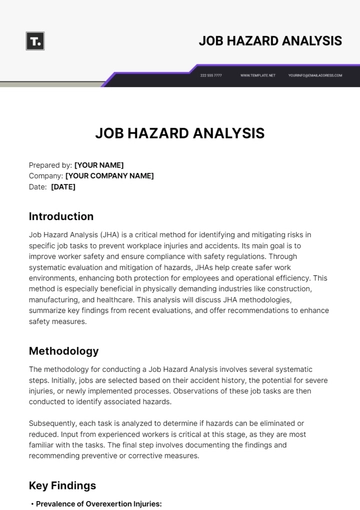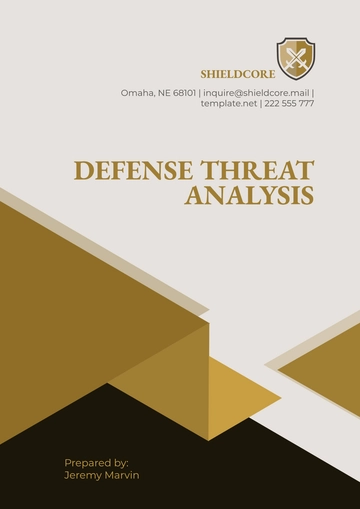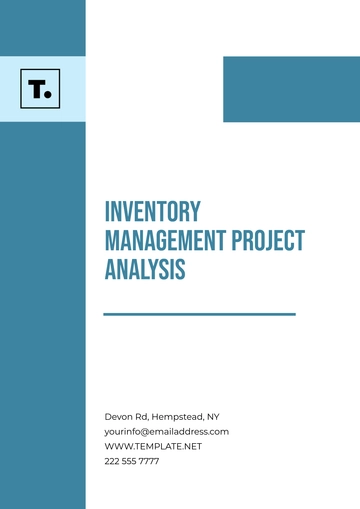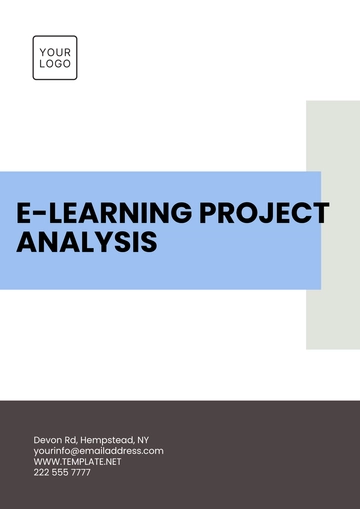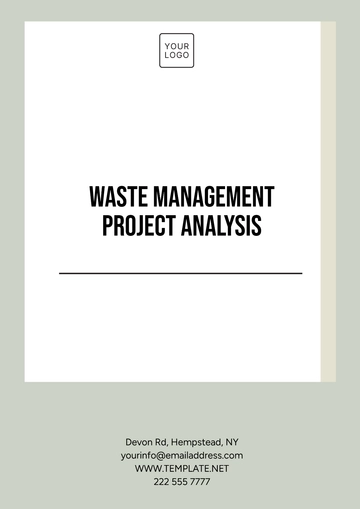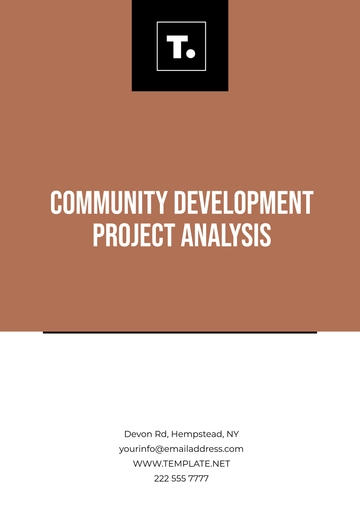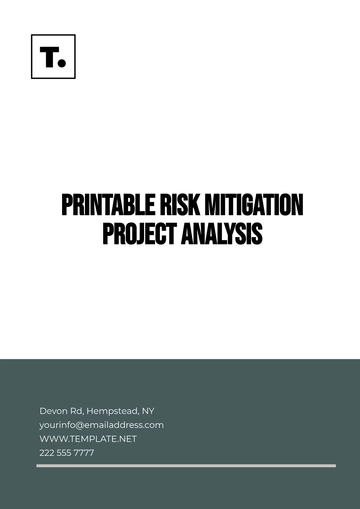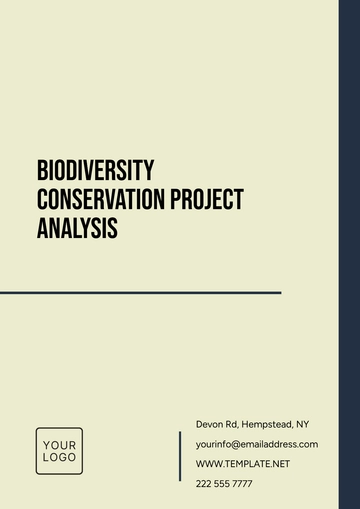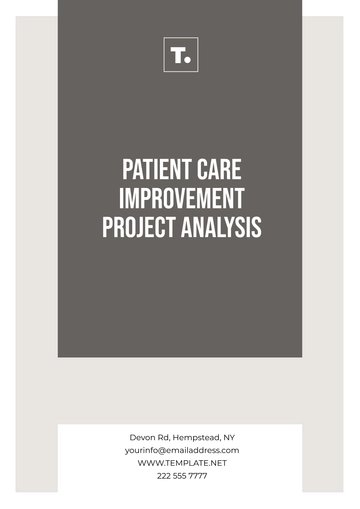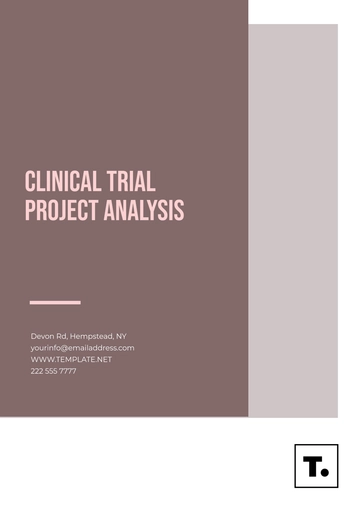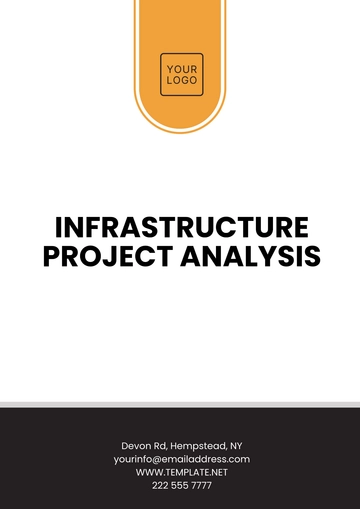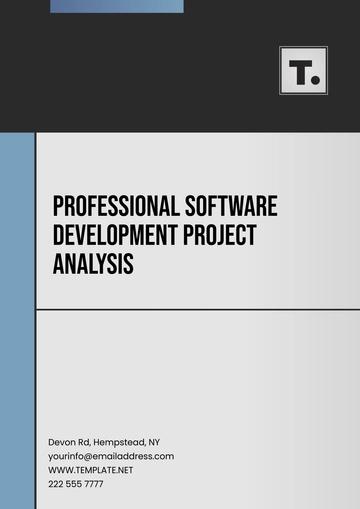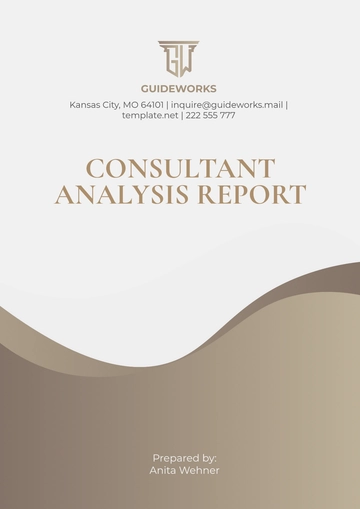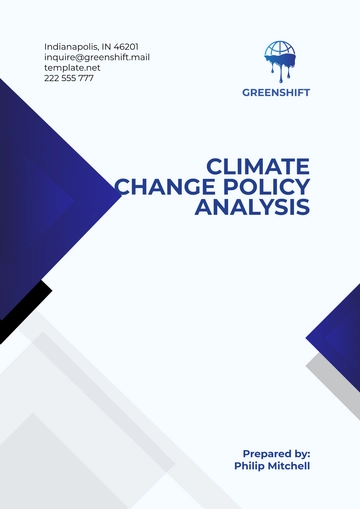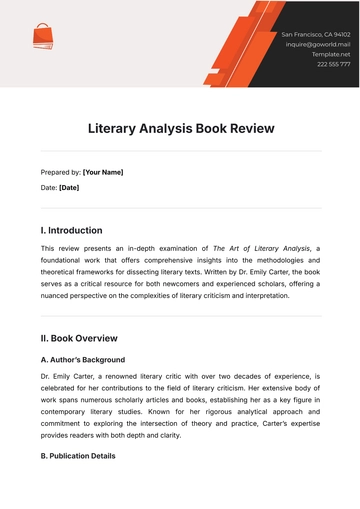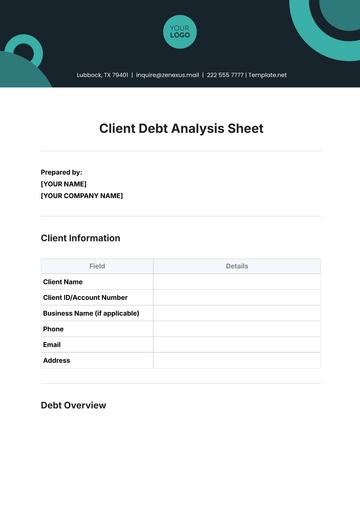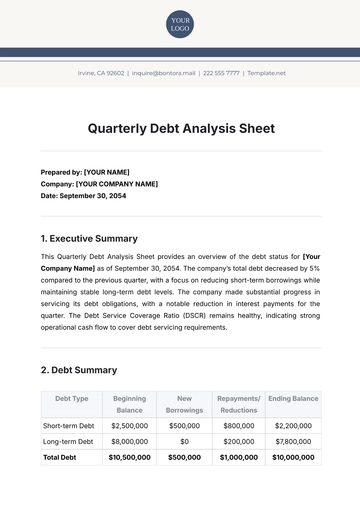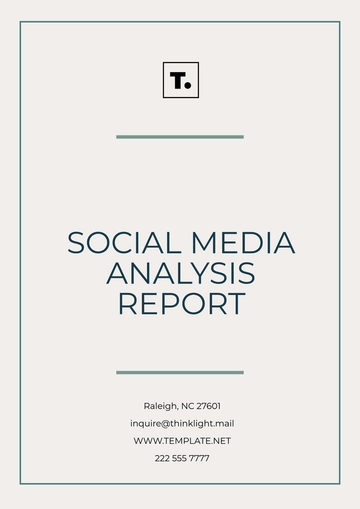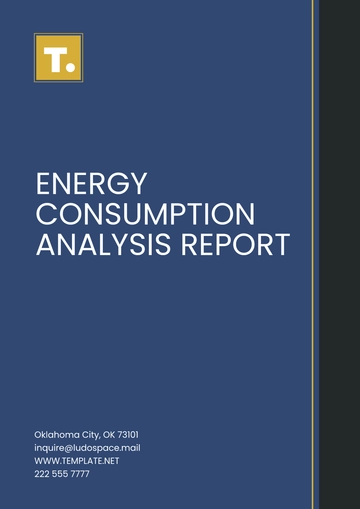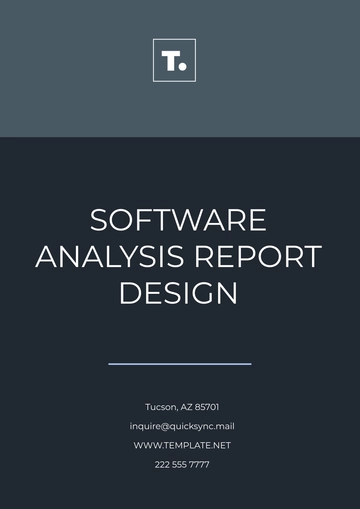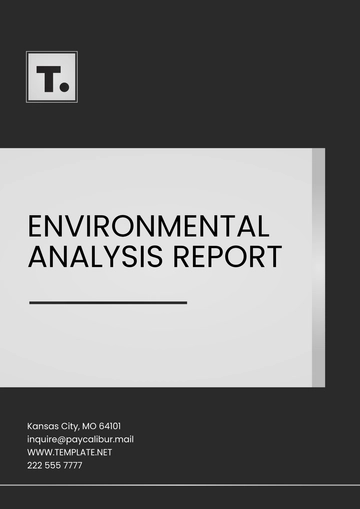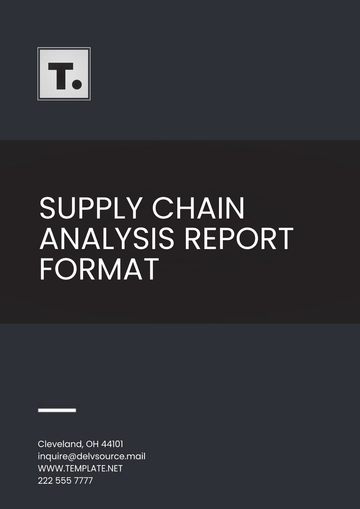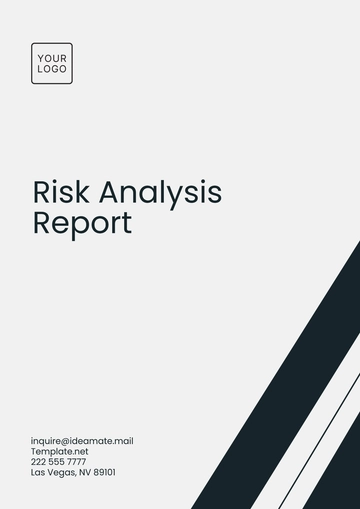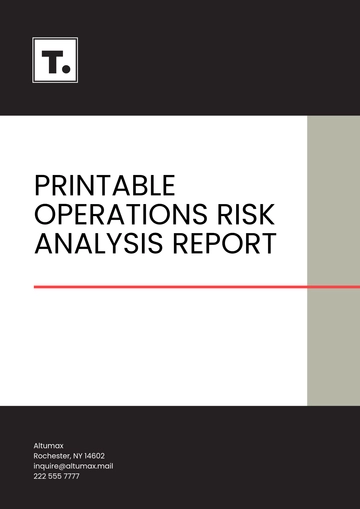Discourse Analysis in Politics
Prepared By: [YOUR NAME]
Date: [DATE]
I. Introduction
This study aims to analyze political discourse to uncover the ways language is utilized to shape public opinion, influence political outcomes, and reinforce power structures. The research questions guiding this analysis include: How do political figures use language to construct their identities and persuade audiences? What themes and patterns emerge in political speeches and debates? What are the implications of these findings for political communication and strategy? This research is significant because it deepens our understanding of the intersection between language and politics, offering insights that can inform both academic studies and practical strategies.
II. Literature Review
Research on political discourse employs various theoretical frameworks and methodologies to understand how language shapes political communication and public perception.
A. Key Theories
B. Rhetorical Devices
C. Media and Social Media Impact
These frameworks and methods offer a comprehensive basis for analyzing how language influences political landscapes and public opinion.
III. Methodology
The study employed a qualitative methodology, utilizing content analysis to examine political speeches, debates, and social media posts. Data collection involved selecting a sample of political discourse from prominent political figures over the past five years. The analysis focused on identifying language use, recurring themes, and discursive patterns. The tools and techniques included coding for thematic analysis and using software such as NVivo to manage and analyze qualitative data.
IV. Analysis
A. Language Use
Political figures often use language strategically to connect with their audience. This includes the choice of simple, relatable words to increase accessibility, as well as the use of strong adjectives to evoke emotions.
Language Device | Example | Purpose |
|---|
Metaphor | "Drain the swamp" | To frame political opponents as corrupt |
Repetition | "Make America Great Again" | To reinforce a key message |
Narrative | Personal anecdotes | To build relatability and trust |
B. Themes
Recurring themes in political discourse include nationalism, economic prosperity, and social justice. These themes are often used to appeal to specific voter demographics.
C. Patterns
Patterns in discourse reveal how politicians shift their rhetoric based on context and audience. For instance, speeches delivered to a working-class audience often emphasize economic struggles and solutions, while those delivered to business leaders focus on innovation and market growth.
V. Findings
These findings highlight the intricate strategies behind political language use, revealing how discourse shapes and is shaped by the political landscape.
VI. Discussion
The results of this study have significant implications for political communication and strategy. Firstly, understanding the power of language in politics can help campaigners craft more effective messages. Secondly, awareness of common themes and patterns can aid in anticipating opponents' strategies and countering them. Additionally, this analysis underscores the importance of media literacy, encouraging voters to critically assess the language used by politicians.
VII. Conclusion
In summary, this study provides a comprehensive analysis of political discourse, shedding light on how language is used to influence public opinion and political outcomes. The findings offer valuable insights for academics, political strategists, and the public, emphasizing the need for ongoing research in this field. Future studies could explore the impact of emerging communication technologies on political discourse or examine discourse in different cultural contexts.
VIII. References
Papacharissi, Z. (2050). Affective Publics: Sentiment, Technology, and Politics. Oxford University Press.
Analysis Templates @ Template.net
